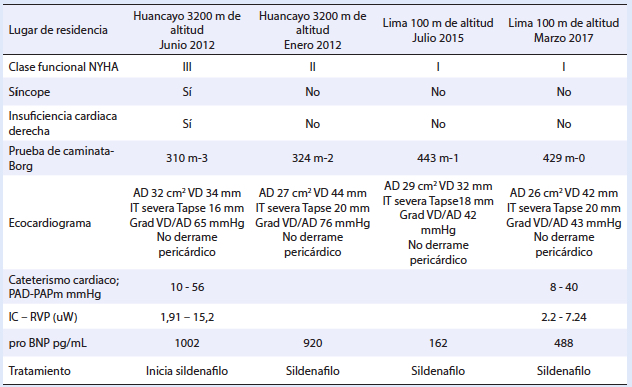Impact of variation in altitude above sea level on clinical and hemodynamic parameters in pulmonary arterial hypertension: a case report
DOI:
https://doi.org/10.47487/apcyccv.v2i1.93Keywords:
Pulmonary hipertension, AltitudeAbstract
Clinical monitoring of pulmonary arterial hypertension in our country, in which patients come from different altitudes above sea level, forces us to rule out pulmonary hypertension in relation to chronic exposure to high heights, described in third group of international classification. When reviewing the hemodynamic variations in pulmonary pressure with exercise at altitude with respect to sea level in healthy patients, this is greater in height, this would explain that the patient with pulmonary arterial hypertension is more symptomatic while living at a higher altitude above sea level.
Downloads
References
Galié N, et al. Eur Heart J 2015;46:903-975
Leon-Velarde F, Maggiorini M, Reeves J, Aldashev A, Asmus I, Bernardi L, et al. Consensus statement on chronic and subacute high-altitude diseases. High Alt Med Biol. 2005; 6:147–57.
Penaloza D, Arias-Stella J. The heart and pulmonary circulation at high altitude. Healthy highlanders and chronic mountain sickness. Circulation. 2007; 115:1132–1146.
Sime F, Penaloza D, Ruiz L. Bradycardia, increased cardiac output and reversal of pulmonary hypertension in altitude natives living at sea level. Brit Heart. 1971; 33:647–657















